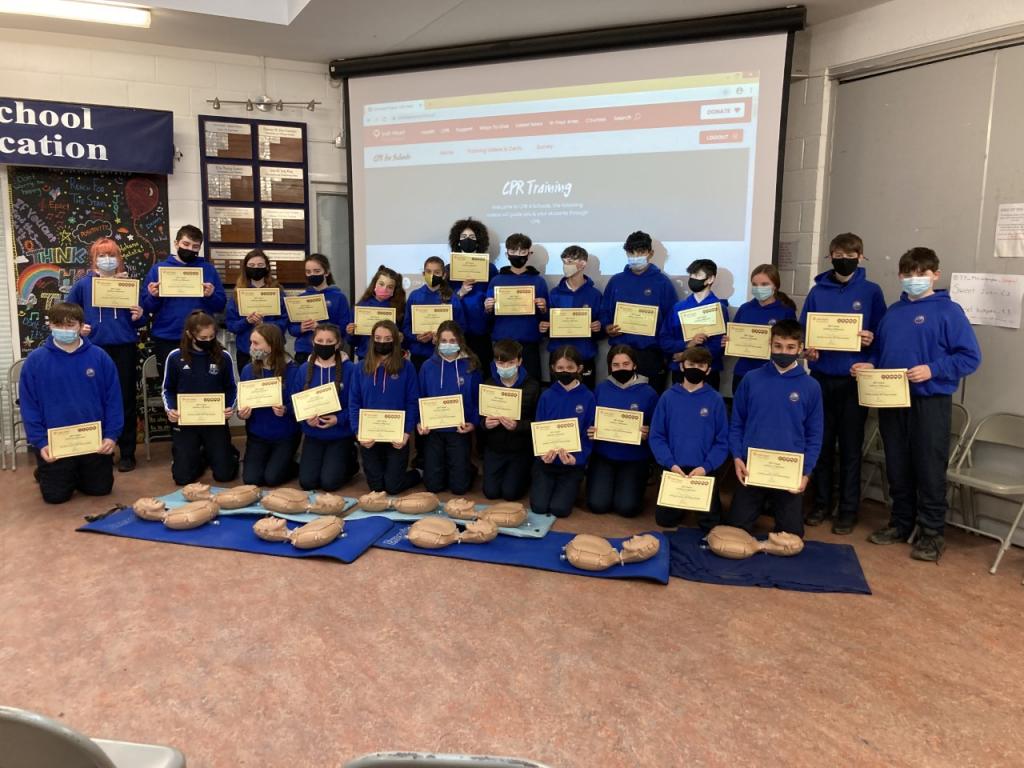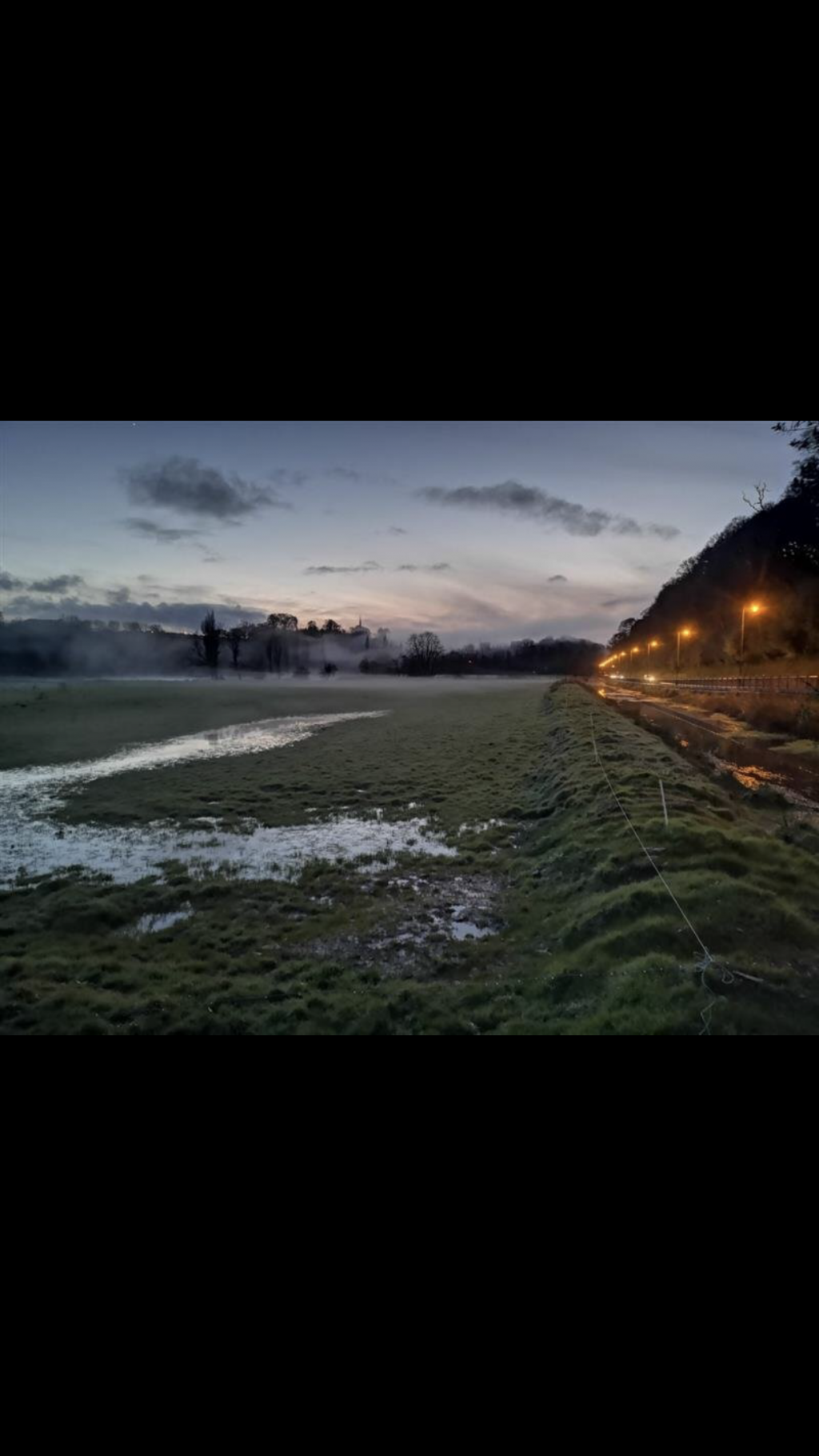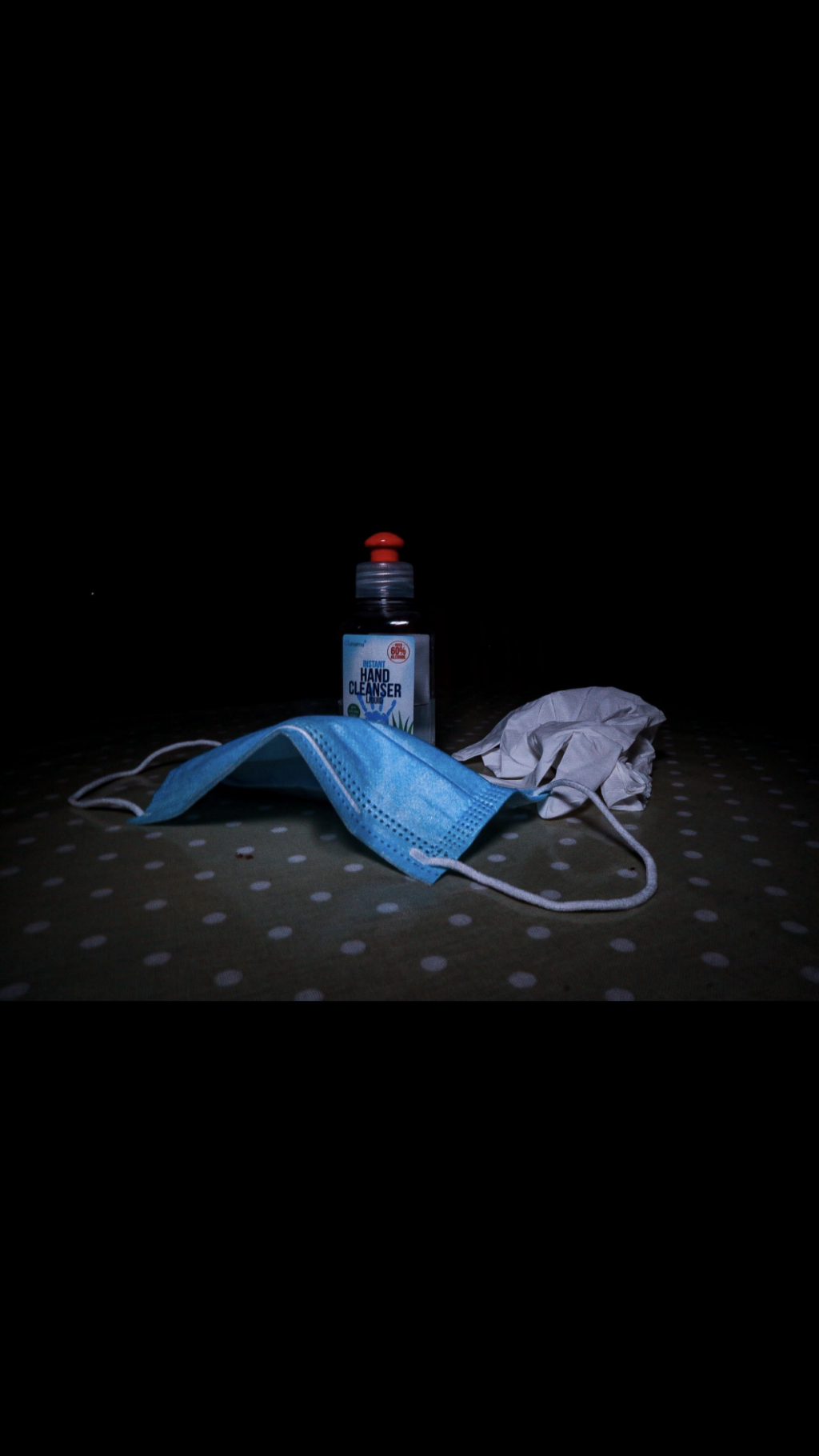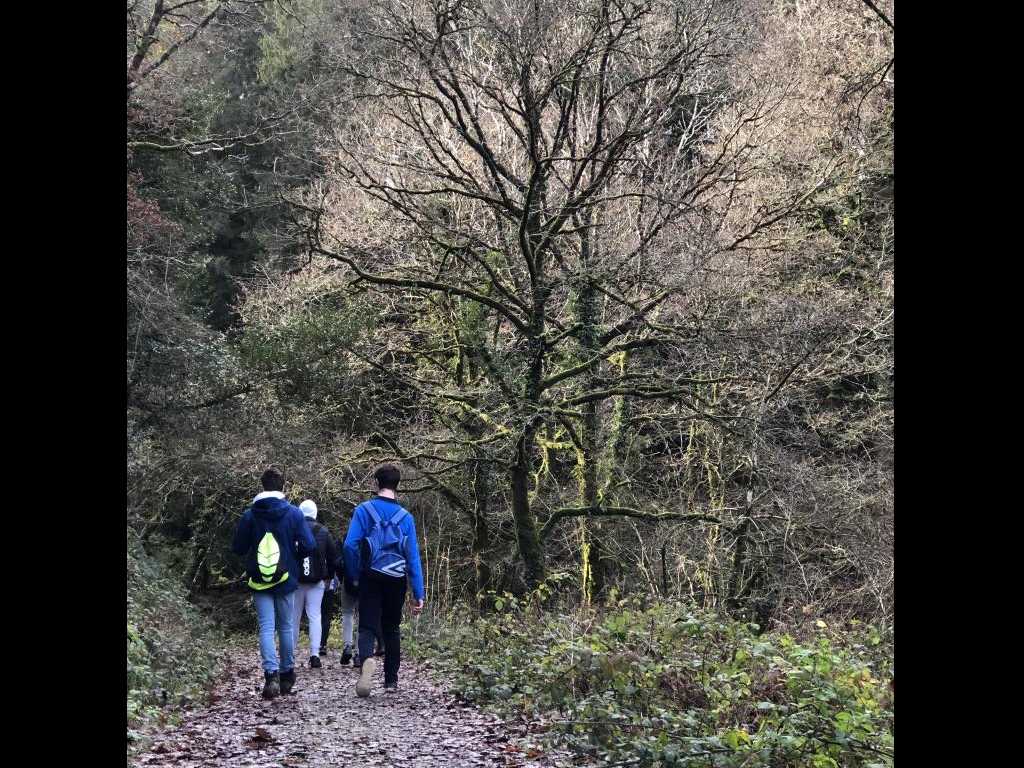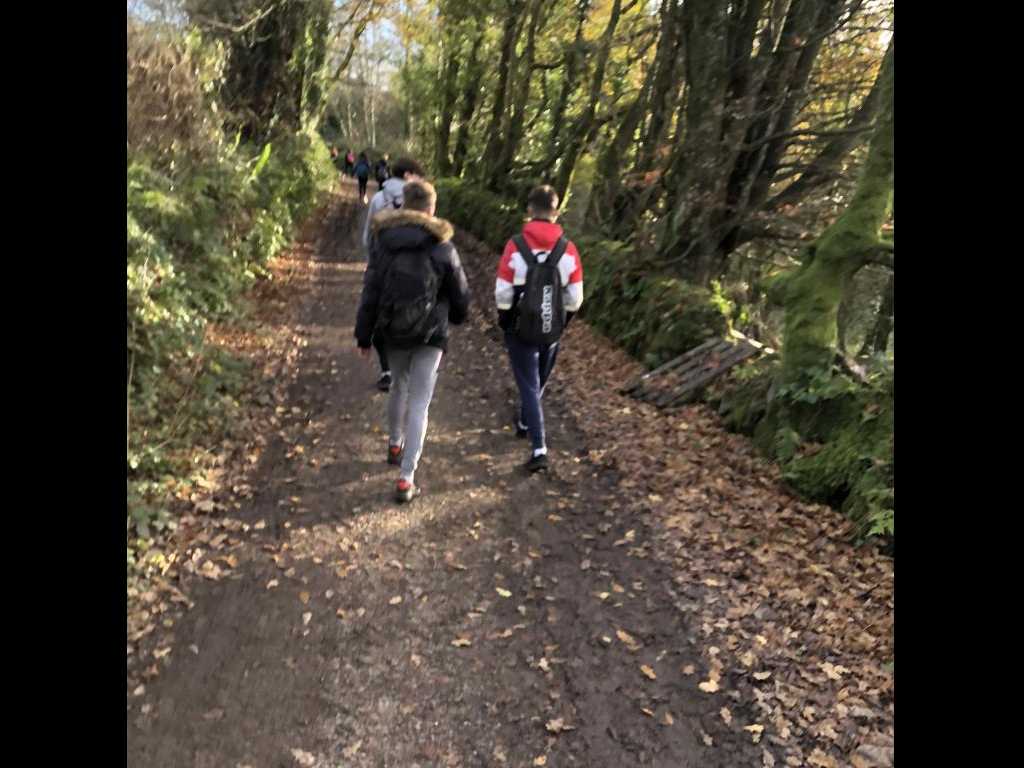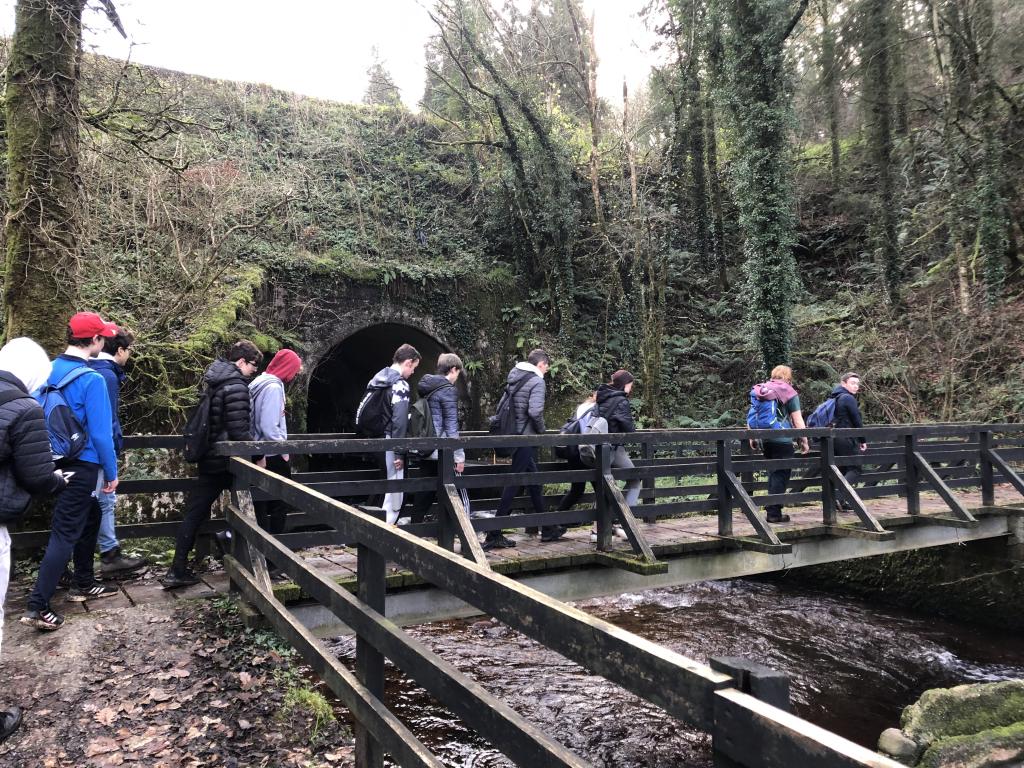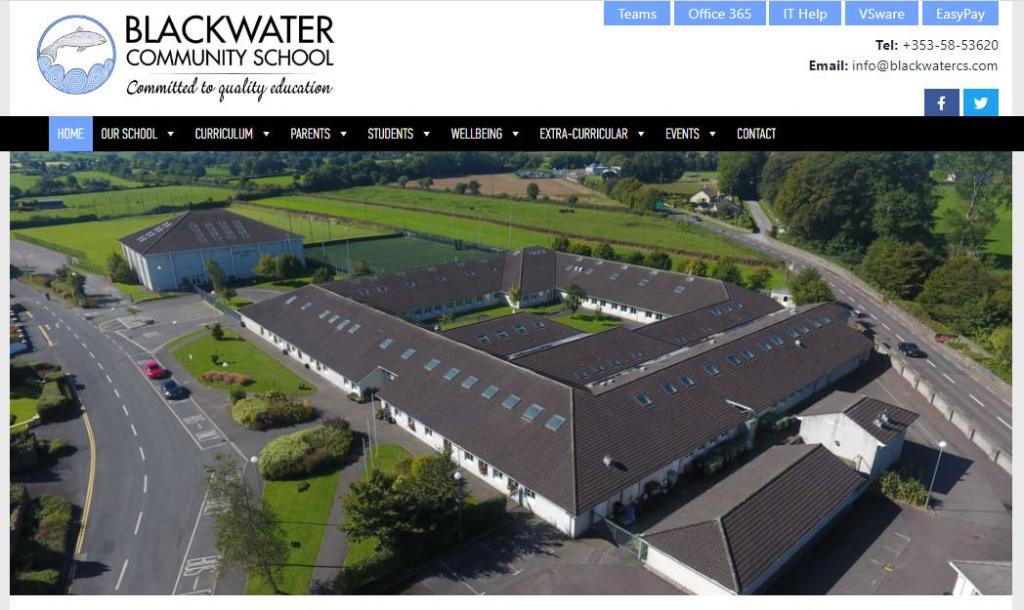Displaying 1471-1480 of 2777 results.
CPR
Created : 23 Nov 2020, 8:21 PM
Archived : 23 Jan 2021, 12:00 AM
Archived : 23 Jan 2021, 12:00 AM
Well done to 2E who completed training in CPR today. At this point all of 2nd and 3rd have completed training along with a number of senior students and staff. We aim to train 1st years and more senior students after Christmas. Important points to remember: know your eircode, dial 112/999 for help and know where your local defibrillator is located. Great achievement for all involved.
Student fundraiser
Created : 23 Nov 2020, 7:18 PM
Archived : 23 Jan 2021, 12:00 AM
Archived : 23 Jan 2021, 12:00 AM
Please support this great girl in her fundraising efforts. Chloe is going to shave her hair on Christmas day and is raising funds for wigs for children and adults who suffer from hair loss. Chloe’s siblings attend BCS: Bradley, Mia and Reegan.
Chloe Keane Waterford, organized by Chloe Keane go fund me
gf.me/u/y5s3yn
Chloe Keane Waterford, organized by Chloe Keane
Hi my name is Chloe I'm 11 years old, sadly my Nan died from pancreatic cancer in 2016, This was a v… Chloe Keane needs your support for Chloe Keane Waterford
Wellbeing Photography Competition
Created : 20 Nov 2020, 6:12 PM
Archived : 20 Jan 2021, 12:00 AM
Archived : 20 Jan 2021, 12:00 AM
Congratulations to all who entered the Wellbeing Photography Competition.
In the Senior Category congratulations to
Anna Stapel 5th yr 1st place.
Martin Halley 5th year and Jack Beecher 6th year who were joint second place winners.
Nelly Lose 5th year 3rd place.
In the Junior Category
Jack Tanner 1st yr won 1st place.
David Feeney 2nd yr and Abigail Kennelly 2nd yr joint 2nd place winners.
Molly Keneally 2nd yr and Eve O'Connell 1st yr joint 3rd place winners.
All winners and competition entries can be seen on the art Instagram page bcs_art_gallery
A huge thank you to Miss Hegarty and Miss Nevin for running the competition. I know they were both delighted with the amount and high standard of the entrants.
Unused Bus Tickets
Created : 20 Nov 2020, 6:06 PM
Archived : 20 Jan 2021, 12:00 AM
Archived : 20 Jan 2021, 12:00 AM
Hi all,
The Bus Inspector informs me that a number of Bus ticket holders are not using their respective buses. Unfortunately, this has resulted in some of our students being unable to avail of Bus Transport . I am appealing to anyone who is in this position to please contact me so that we can ensure other students can avail of the bus service to BCS.
Thanks,
Denis Ring
Wellbeing Week Day 5
Created : 20 Nov 2020, 4:58 PM
Archived : 20 Jan 2021, 12:00 AM
Archived : 20 Jan 2021, 12:00 AM
Today was the busiest day of Wellbeing Week. The school was full of colour and brightness thanks to the wonderful effort of students and staff. Our non-uniform day raised a total of €1135 which will be split evenly between Pieta House and School Wellbeing. Thank you to all those who donated.
Well done to all our Joke of the Day Winners and also a huge thanks to Mr Foley for starting the day on a bright note and entertaining us all.
Our third years had a fiercely contested penalty competition that was eventually won out by Shay Cotter 3C and Niamh Spillane 3D. First years had some more mindful colouring during French class with Miss Richard.
The remaining TY classes had their Yoga experience with Miss Leahy and second years had a Skippathon at lunchtime. Congratulations to Molly Kenneally and Abigail Kenneally who were both winners and special mention to Jack Walsh.
We also had a second whole school mediation thanks to Miss Murphy and week was finished on a positive note with a Wellbeing Quiz and video.
A huge thanks to all the students and staff who made the week so successful.
COVID 19 Update
Created : 20 Nov 2020, 11:22 AM
Archived : 20 Jan 2021, 12:00 AM
Archived : 20 Jan 2021, 12:00 AM
Hi All,
We have received communication from the HSE regarding a Positive Case . This is the response received from the HSE regarding same .
“ A confirmed case of COVID-19 in your school has been notified to the Department of Public Health HSE SE. The person was not in school during the infectious period.
A public health risk assessment has been undertaken and nobody in your school was deemed to be a close contact of the confirmed case. As you have not been identified as a close contact at this time, you do not need a test for COVID-19, can continue to attend work, and no further actions are required.”
Thanks,
Denis Ring
Non-Uniform Day
Created : 19 Nov 2020, 8:12 PM
Archived : 19 Jan 2021, 12:00 AM
Archived : 19 Jan 2021, 12:00 AM
A reminder that tomorrow is a non-uniform day in aid of Pieta House and School Wellbeing. We are appealing to everyone to please please wear bright colours to lift everyone’s mood and to show your support for mental health. We are asking students to bring just €2 for two very worthy causes.
BCS Virtual Open Night & New Website
Created : 19 Nov 2020, 7:12 PM
Archived : 19 Jan 2021, 12:00 AM
Archived : 19 Jan 2021, 12:00 AM
Our Virtual Open Night is now available to view on our newly launched school website at www.blackwatercs.com
Wellbeing Week Day 4
Created : 19 Nov 2020, 5:07 PM
Archived : 19 Jan 2021, 12:00 AM
Archived : 19 Jan 2021, 12:00 AM
Transition Years dominated Day 4 of Wellbeing Week with a hike of over 16km from Mount Mellary to the school. Well done to the 94 students who completed this.
Congratulations to Brian Morris who was today’s winner of the Joke of the Day.
First year students took part in an exciting tug of war competition with Mr Foley and Mr O’Connor. 1G proved to be the strongest class in first year!
Virtual Open Night
Created : 18 Nov 2020, 7:39 PM
Archived : 18 Jan 2021, 12:00 AM
Archived : 18 Jan 2021, 12:00 AM
Reminder that our Virtual Open Night will be available to view from 7pm tomorrow night on our school website. This will be the launch pad of our new website www.blackwatercs.com which has been undergoing a revamp over the last few weeks. So click in after 7pm tomorrow Thursday.
